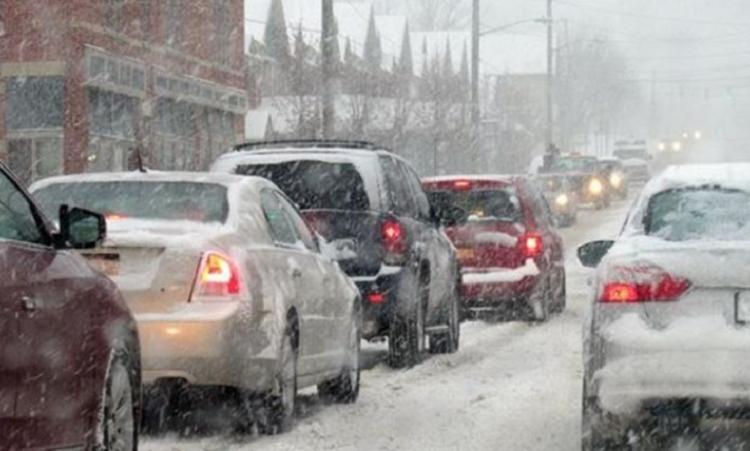......some good information from Christine Carrington, Senior Associate Broker, Brokers Trust
Slipping and sliding on the icy, snowy road is scary—even for experienced Canadian drivers who are used to driving during inclement weather. In fact, nearly 30 percent of all car accidents in Canada happen on snowy or icy roads.
To keep you accident-free this winter, here is a recap of our 7 best tips for safe winter driving.
1. Watch for black ice. Slick patches that blend in with the asphalt on the road are responsible for far too many collisions. Black ice forms on the surface of the road when it rains and the temperature falls at or below zero degrees Celsius.
2. Don’t crowd the plow. Keep a safe distance from snow plow trucks. Like all large truck drivers, snow plow operators often have a wide blind spot. You may see them, but they may not see you.
3. Obey the four-second rule. During inclement weather, you should always keep a safe space cushion of at least 4 seconds between you and the car ahead of you. To do this, choose a fixed object on the side of the road like a speed sign. When the rear bumper of the car ahead of you passes that object, begin counting…one-thousand-one, one-thousand two, one-thousand three. If your front bumper reaches that same object before one-thousand four, you need to increase the distance between you and the car ahead.
4. Don’t spin your wheels. If you get stuck in the snow, resist the urge to spin your wheels. Doing so will dig you in deeper. Instead, turn your wheels from side to side a few times to push snow out of the way. Then lightly press the gas pedal to ease your car out of the snow. If necessary, get out and shovel snow away from your wheels and underside of the vehicle.
5. Keep your gas tank near full. Ensuring that your gas tank stays at least two-thirds full will prevent your car’s fuel line from freezing.
6. Steer in the direction you want to go. If you skid, don’t panic. Just take your foot off the gas pedal and quickly assess the situation. If your front wheels are skidding, don’t try to steer immediately. As the wheels skid sideways, they will slow your vehicle and traction will return. As it does, steer in the direction you want to go, then accelerate gently. If your back wheels are skidding, steer in the direction you want your front wheels to go. For example, if your rear wheels are sliding left, steer left. If they’re sliding right, steer right. Should your rear wheels start to slide the opposite direction as you recover, ease the steering wheel toward that side. You may need to steer left and right a few times to get your car under control.
7. Always tell someone when you plan to drive in bad weather. Should the unfortunate happen while you’re on the roads during inclement weather conditions, it’s important that at least one other person know your travel route and how long you expect to be on the roads. That way, if you don’t arrive home safely in a timely manner, they can send help your way.
Although our best advice is for you to avoid driving altogether when the streets are covered with snow or ice, we realize that isn’t always possible. By following these seven winter driving tips you put yourself in the best position to get to your destination safely.









